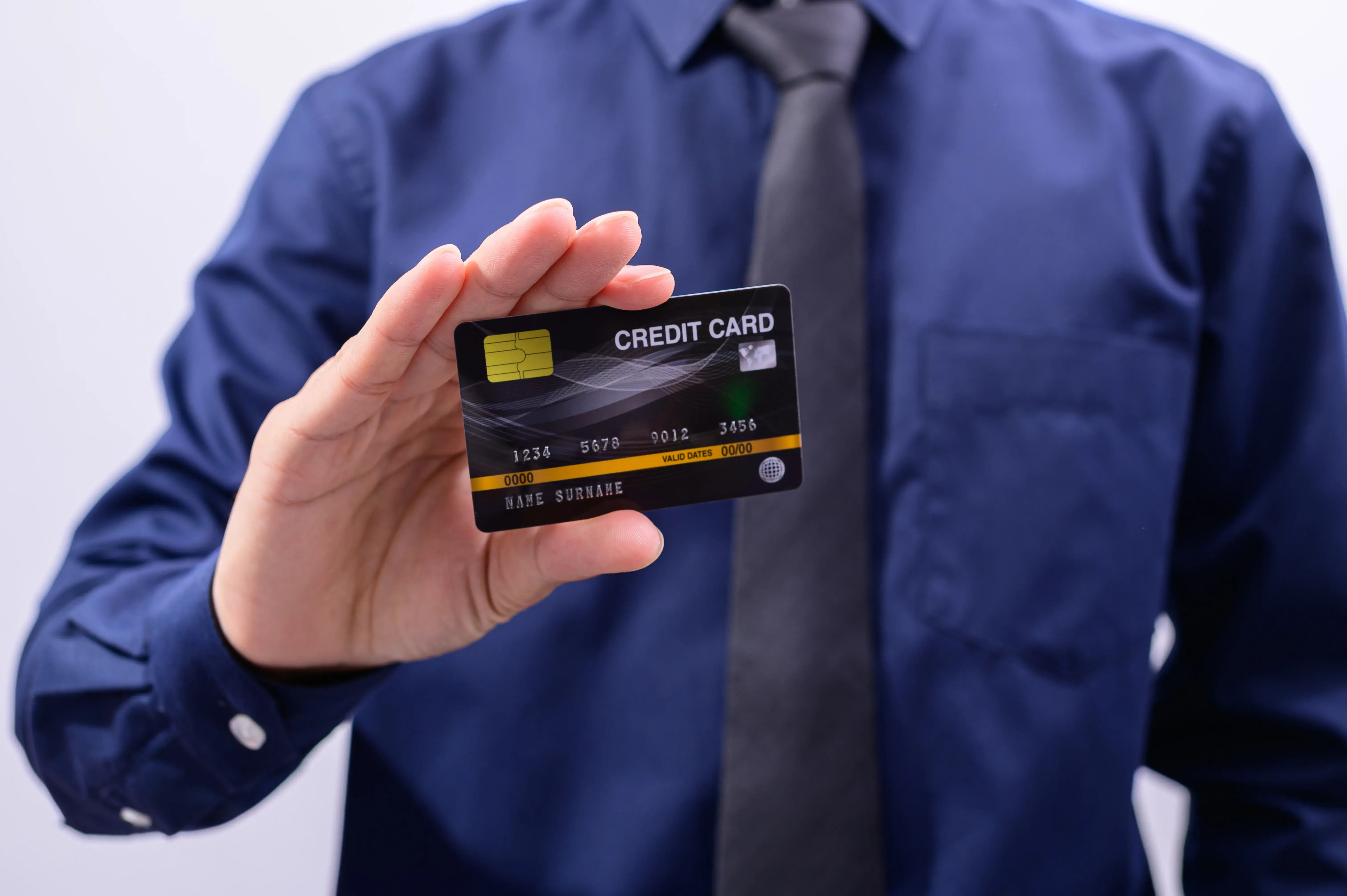-
Posted on: 25 Apr 2025

-
How Can I Dispute a Credit Report? A Step-by-Step Guide
Your credit report plays a crucial role in your financial life. It affects your ability to secure loans, get approved for credit cards, and even impacts rental applications and job opportunities. Unfortunately, errors on credit reports are common, ranging from incorrect personal information to fraudulent accounts. If you find mistakes, it’s essential to dispute them promptly to protect your credit score.
In this guide, we’ll walk you through the process of disputing errors on your credit report, ensuring your financial reputation remains accurate and healthy.
Why Disputing Errors on Your Credit Report Matters?
Before diving into the dispute process, it’s important to understand why correcting errors is necessary:
- Higher Credit Score: Inaccurate negative items can lower your score.
- Better Loan Terms: Errors may lead to higher interest rates or loan denials.
- Prevent Identity Theft: Unrecognized accounts could indicate fraud.
- Compliance with the Law: The Fair Credit Reporting Act (FCRA) ensures your right to an accurate report.
Now, let’s explore how to dispute credit report errors effectively.
Step 1: Obtain Your Credit Reports
You’re entitled to a free credit report from each of the three major credit bureaus—Equifax, Experian, and TransUnion—every 12 months via creditrepairease.com. Due to the pandemic, you can now check your reports weekly for free until the end of 2023.
What to look for:
- Incorrect personal information (name, address, SSN)
- Accounts you don’t recognize
- Late payments are reported inaccurately
- Duplicate accounts
- Outdated negative items (older than 7-10 years)
Step 2: Identify and Document Errors
Once you have your reports, review them carefully. Highlight any discrepancies and gather supporting documents, such as:
- Bank statements
- Payment confirmations
- Identity theft reports (if applicable)
- Correspondence with creditors
Pro Tip: Keep copies of everything you’ll need for your dispute.
Step 3: File a Dispute with the Credit Bureau
You can dispute errors online, by mail, or over the phone. While online disputes are faster, mailing a dispute letter provides a paper trail.
Option 1: Online Dispute
Each bureau has an online dispute portal:
- Equifax: Dispute Center
- Experian: Dispute Center
- TransUnion: Dispute Center
Steps:
- Create an account (if required).
- Select the disputed item.
- Explain the error and upload supporting documents.
- Submit and wait for a response (typically 30-45 days).
Option 2: Dispute by Mail
For a stronger paper trail, send a dispute letter via certified mail with a return receipt.
Step 4: Contact the Data Furnisher (Creditor or Lender)
Under the FCRA, both the credit bureau and the company that reported the information (bank, credit card issuer, etc.) must correct errors.
How to Dispute with the Furnisher:
- Send a dispute letter (like the one above) to the creditor.
- Include copies (not originals) of supporting documents.
- Request that they update the credit bureaus.
Step 5: Wait for Investigation Results
Credit bureaus have 30 days (45 if you submit additional proof later) to investigate. They will:
- Contact the data supplier.
- Review your evidence.
- Update your report if the dispute is valid.
Possible Outcomes:
? Error Corrected: The bureau updates your report.
? Dispute Denied: If the investigation doesn’t resolve the issue, you can:- Request a statement of dispute be added to your file.
- Escalate with a complaint to the Consumer Financial Protection Bureau (CFPB).
Step 6: Follow Up and Monitor Your Credit
After corrections, check your credit report again to confirm updates. Consider using free credit monitoring services like:
- Credit Karma
- Credit Sesame
- MyFICO
What If the Dispute Doesn’t Resolve the Issue?
If the credit bureau or creditor refuses to correct an error, you have options:
- File a Complaint with the CFPB – They can intervene on your behalf.
- Add a Consumer Statement – A 100-word note explaining your side.
- Consult a Credit Repair Company – Reputable firms can help with complex disputes.
- Seek Legal Help – If the error causes financial harm, an attorney may help sue under the FCRA.
Final Tips for a Successful Dispute
- Act Quickly – Dispute errors as soon as you spot them.
- Keep Records – Save all letters, emails, and proof.
- Be Persistent – Follow up if the bureau doesn’t respond.
- Check All Three Reports – Errors may appear on only one.
Conclusion
Disputing errors on your credit report is your legal right and a crucial step in maintaining good credit health. By following this guide, reviewing reports, filing disputes, and following up, you can ensure your credit history remains accurate.
Take control of your financial future—call (888) 803-7889 to get your credit score back on track!







